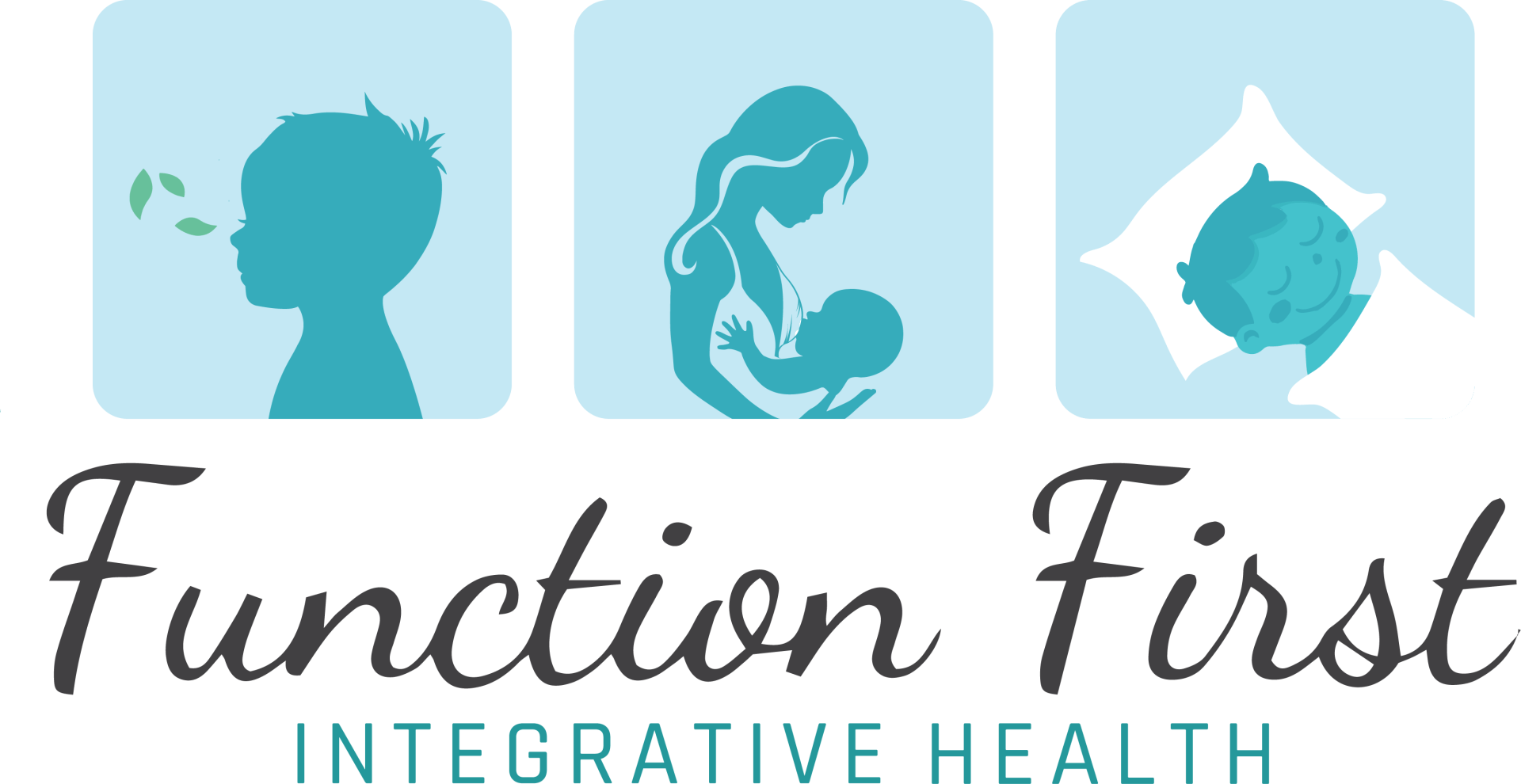
Laser Tongue & Lip Tie Release
Lips ties, tongue ties, or sometimes both occur in approximately 10% of infants. These conditions restrict the baby’s tongue movement and often negatively affect their ability to nurse or bottle-feed. Laser dentistry allows us to correct tongue and lip ties quickly, accurately, and comfortably.
It is important to note that not all lip ties and tongue ties cause problems or even require treatment. Our qualified staff members will perform a thorough examination to determine a diagnosis based on function and range of motion rather than appearance.
Dual Wavelengths Laser Release
Traditionally, scalpels or scissors were doctors' only options for many surgical procedures. Lasers have revolutionized the surgical field because they allow a high level of precision, promote quicker healing, and are more comfortable for the patient.
Dr. Chiang use dual wavelengths to release. Babylase (Nd Yag laser) first to release tension then Fotona Erbium laser or lightscalpel CO2 laser for the actual release.
Procedures with the lasers are quick and close to painless. The patient will need to wear special protective glasses to keep their eyes safe during their treatment.
Lactation Support
A lactation specialist can help parents with issues with breastfeeding, pumping, and bottle feeding.
Bodywork
If a child has oral restrictions, they likely have other body restrictions. Bodywork helps children achieve full and symmetrical motion of the head and neck, improving jaw and mouth motion.
Oral & Feeding Therapy
Once a child receives a frenectomy, the tongue and other oral muscles must be retrained to achieve optimal results.



